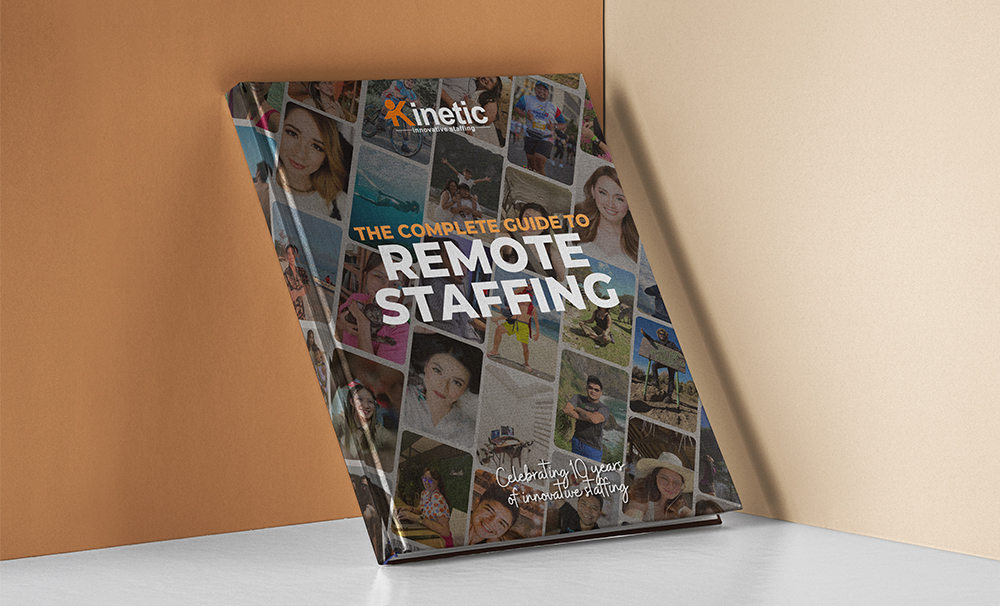At what price should product X be sold?
Should I hire this candidate over the others?
When’s the best time to launch the new line?
Should this branch be closed permanently?
Which supplier offers the best deal?
Decisions are at the heart of every business. They can be tactical, strategic or operational—backed by data, previous experience, best practices, or the simple rumblings of one’s gut.
These decisions can make or break an enterprise. It can mean success (and the livelihood of employees and their families) or failure and millions of capital down the drain.
Leaders have the unenviable task of making these hard choices. (All the easy ones have been made by their deputies.)
So how can leaders ensure that they make good decisions?
The Cynefin Framework
Cynefin, pronounced ku-nev-in, is “a Welsh word that signifies the multiple factors in our environment and our experience that influence us in ways we can never understand.”
The framework was developed by Dave Snowden in 1999 when he was working for IBM Global Services.
It’s a guide to help leaders think through the decisions they have to make, making sense of the particular situation they find themselves in.
When a situation begs for a decision, the way to address it is: It depends.
Depends on what?
What should wise decision-making be based on?

According to the Cynefin Framework, it should be based on the level of complexity of the problem.
The Cynefin approach categorizes situations or problems into 5 buckets, each one in increasing complexity:
- Simple
- Complicated
- Complex
- Chaos
- Disorder
Let’s look at each.
Simple
Action chain: Sense-Categorize-Respond
In the simple category, cause and effect relationships are obvious and the way to resolve the situation is fairly straightforward.
An example is changing a flat tire. You see the problem, your tire is flat. There’s not much analysis required. You instantly know what to do.
In business, a rank-and-file employee might be down with the flu and wouldn’t be able to come for his shift. So the manager makes some calls to make sure that her spot is covered and operations are not affected.
In the “Simple” category, you can immediately get a “sense” of the underlying factor and so respond. At this level, standard operating procedures and policies are more than enough to address the issue.
Complicated
Action chain: Sense-Analyze-Respond
In the “Complicated” category, there’s more complexity added to the mix. This is brought about by an awareness of multiple factors involved, or the existence of hidden influences that needed to be factored in.
For example, you might be happily driving the freeway when the engine suddenly dies on you. You recognize that the engine is the problem. But which part? The ignition? The fuel pump? The cooling system? Compared to a tire, an engine is much more complicated. It has more moving parts—pistons, valves, and bearings—any of which can cause your ride to conk out.
So you call a mechanic, a subject matter expert, to help you figure it out.
In a business situation, you just discovered that three of your employees are out sick for the day. And it has become a common occurrence in the past months. Are your guys overworked? Is the cold weather exacerbating the situation and making it harder for them to get to work? Or Are your employees “playing sick” because they are disgruntled about some recent changes made?
What is causing this and what should you do?
In this situation, you seek the advice of subject matter experts, like mechanics with deep knowledge of cars. Ask the help of people who have spent years in the field, and industry veterans who know the pulse of the business to help you “analyze” the situation. With their insights, you can go after the factors causing the problem.
Just as a mechanic can nonchalantly say, “All you needed was lubrication,” this somebody could say, “Our guys are going in for interviews with a competitor who recently set up shop.”
Complex
Action chain: Probe-Sense-Respond
At this point, you may have recognized that the game is about knowing the level of complexity one is in. Correctly categorizing the situation is half the job. Failing to assess the situation correctly will often result in inappropriate actions.
The questions asked at the start of this post are at the 3rd level of complexity. This is the level of problems most business leaders often find themselves in. Captains of industry, the big honchos, deal with these types of issues and decide on them. (As I’ve said earlier, the simpler ones are dealt with by their deputies. These will not show up on his desk.)
At the “Complex” level, it is not possible to firmly nail cause-and-effect relationships. The situation is dynamic and uncertain, and this is exacerbated by spotty and incomplete information. Price points, strategies, and projections are in flux. Often business situations are dynamic. New players may enter the field, an unexpected shortage may take place, and customer tastes and expectations will evolve.
Because of this, leaders (and the people around them), should give themselves slack when deciding on things of this nature.
The best approach in this level of complexity, according to the Cynefin Framework, is one of “experimentation.” The reality is, nobody is certain about what will happen should such and such actions be taken. Leaders should put themselves in a situation where failures are not fatal…only feedback.
The first step in the action chain is “probing”—getting as much rich information as available, getting feedback, listening to the situation and letting it “talk.”
Decision-makers often fail to appreciate the richness of a problem and categorize it as “Simple” or “Complicated” when it is actually “Complex.” Then they get deflated or angry when their expectations are not met or when the issues don’t get resolved.
At this level, iterations are not a luxury. They are the only way to deal with such a level of complexity.
If a business or its transactions are set up so that so much damage can be had from a single wrong decision, then that might be a reason why so many business ventures fail.
A business must be able to roll with the punches—learn from feedback and get better from mistakes. Leaders should be too as well.
Chaos
Action chain: Act-Sense-Respond
Chaotic problems are characterized by extreme uncertainty. Examples are natural disasters like hurricanes, earthquakes and volcanic eruptions that cover a wide area and affect significant numbers of people.
In moments of crisis and chaos, one needs to act decisively and proactively in order to create some semblance of order. There’s just no time to engage in and listen to feedback. Leaders act and try to create order in the midst of chaos. After doing so, when the situation has calmed down, only then can they assess the situation, ask for feedback and respond appropriately. But while the fire is burning, decisive action and not democratic consensus are needed.
In these rare moments, people are more accepting of autocratic rule. During the 9/11 attacks, Mayor Giuliani of New York was given temporary emergency powers in order to respond to the once-in-a-lifetime situation. He wielded these extra powers, like issuing directives and orders in response and recovery efforts, and was praised widely for his actions.
The same tact, at any other time, will yield questions and resistance.
Times of chaos is when business leaders’ mettle is tried and tested. When such times arise, the leader also rises to the occasion.
Disorder/Confusion
Action chain: Assess-Categorize-Act
“Disorder” is at the extreme pole of complexity. There isn’t necessarily an emergency at hand, but things are extremely chancy and multiple unknowns rule the day.
In a disorder problem, there’s no virtue in acting swiftly, because unlike in chaos (like in a raging fire), beneficial actions are not readily deducible from the situation. The effort will be wasted by acting for acting’s sake.
According to the Cynefin Framework, assessment is the first course of action for leaders. Seek as much data as available, listen to the input of experts and use the different tools of analysis available. Only then can the situation be categorized and reasoned actions be taken.
Say, a company suddenly experiences a significant decline in customer satisfaction. There’s no apparent reason for this because the company has maintained product quality, there was no new entrant to the industry that changed expectations, and customer service quality was at an all-time high.
This is an example of disorder and confusion and leaders must assess the situation in order to look at data or hash the different theories the experts might have.
And that’s the Cynefin Framework for you folks! It’s a great tool in decision-making. It’ll help business leaders simplify the different kinds of complexity they may face in their jobs.
Speaking of simplifying complexities. Kinetic Innovative Staffing’s services help companies sort out some of the nagging issues in their businesses. We help companies, big and small, hire remotely working professionals. In doing so, companies immediately address issues like labour costs, productivity, in-house creativity, limited talent pools, and low competitiveness.
Hiring remotely has many benefits. One of which is the significant savings in costs. For example, companies can hire remote assistants, customer services associates, engineers, accountants, and even lawyers—and save, on average, 70% of their labour costs.
If your organization is interested in exploring this opportunity, please contact us.
Kinetic Innovative Staffing has been providing hundreds of companies in the Asia Pacific, North America, the Middle East, and Europe with professionals working remotely from the Philippines since 2013. Get in touch to know more.




